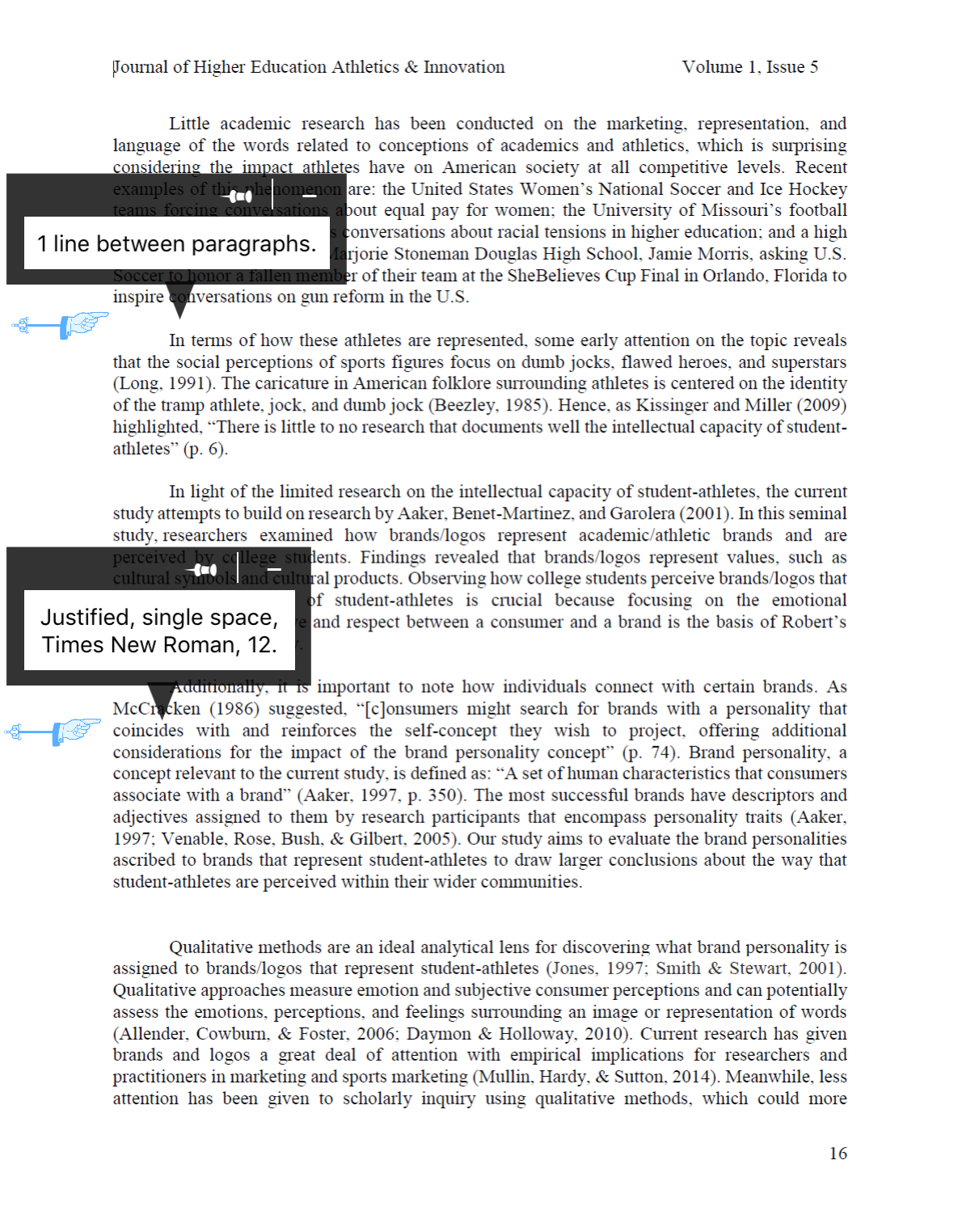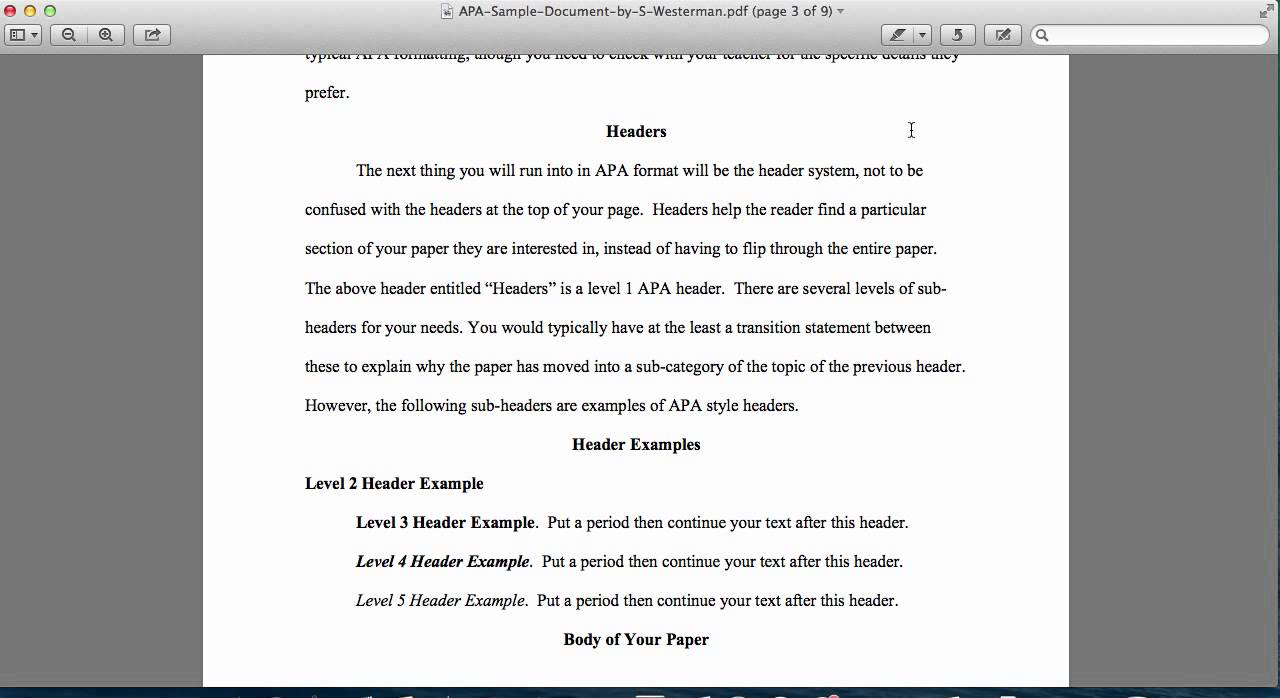Submissions
This journal is not accepting submissions at this time.
Submission Preparation Checklist
All submissions must meet the following requirements.
- The submission has not been previously published, nor is it before another journal for consideration (or an explanation has been provided in Comments to the Editor).
- The submission file is in Microsoft Word document file format.
- Title should be Centered, Size 18 Bold-faced font and Times New Roman; it should not have its own separate page.
- Author’s Affiliation should appear on the next line after the author’s name and follow the same stylings as the Author’s name. For the initial review process, please list AFFILIATION in place of your actual desired affiliation, so that a double blind review can take place. After the manuscript is accepted, you should then list your desired affiliation.
- Page Numbers should be included on every page including the title page in the bottom right hand corner. There is a page limit of 51.
- Running Header should include the journal’s full name on the left hand side and Volume #, Issue # should be on the right hand side. Volumes are only increased by 1 after there have been 10 issues (i.e., Volume 1, Issue 1-10 should be published prior to Volume 2, Issue 1 is published, etc.).
- Abstract should not be indented and should not receive Title heading. Should be italicized and placed on the page immediately after the author’s affiliations. 150-250 word limit. Authors should include 3-5 keywords directly under Abstract. Keywords should be italicized followed by a colon with 5 keywords written in regular font separated by commas.
- Main Text should be justified, single-spaced, Size 12 regular typeface (not bold or underlined) Times New Roman font. Should immediately follow the abstract and not start on a new page. However, there should be a line in between the abstract and the main text. Any blocked quotations should not be justified and should be treated as a separate paragraph; once the quotation is finished, the rest of the text should follow standard main text formatting. Be sure to have an extra line after each paragraph and each section header.
- Headers should follow the formatting of Levels 1-5 in accordance with the image displayed below. Level 1 Headers should include variations of “Literature Review,” “Conceptual Framework,” “Methodology,” “Results/Findings,” “Discussion/Implications,” “Future Research,” and “Conclusion.” The Header “Introduction” should not be included, as it is inferred, according to APA. Instead, authors may use creative license to draw the reader’s attention (e.g., The Path to Leadership in the National Football League).
- Tables & Figures should be embedded within text and follow the guidance put forth by the American Psychological Association (https://apastyle.apa.org/style-grammar-guidelines/tables-figures/tables) for Tables and (https://apastyle.apa.org/style-grammar-guidelines/tables-figures/figures) for Figures.
- References All text should be single-spaced. Within text: references should be alphabetized and single-spaced. For further guidance on citing articles with 1-5 authors and on citing articles with more than 5 authors, you may refer to https://owl.purdue.edu/owl/research_and_citation/apa_style/apa_formatting_and_style_guide/in_text_citations_author_authors.html Within Reference List: references should be alphabetized and double-spaced between entries. For further guidance on APA citations on citing articles with 1-7 authors and on citing articles with more than 7 authors, you may refer to this link. https://owl.purdue.edu/owl/research_and_citation/apa_style/apa_formatting_and_style_guide/reference_list_author_authors.html.
- Author’s Name During Double-Anonymous Review Process: For the initial review process, please list “AUTHOR NAME” in place of your name(s), so that a double-anonymous review can take place. After the manuscript is accepted, you should then list your name(s) in lieu of “AUTHOR NAME.” During Copy Edit Process (after Review Process is complete): Should appear two lines after the title, be centered, 14 sized font and Times New Roman; if there are multiple authors, there should be only a single line between authors.
- If submitting to a peer-reviewed section of the journal, the instructions in the Author Guidelines have been followed.
- Where available, insert URLs and DOIs for the references.
Privacy Statement
The names and email addresses entered in this journal site will be used exclusively for the stated purposes of this journal and will not be made available for any other purpose or to any other party.




